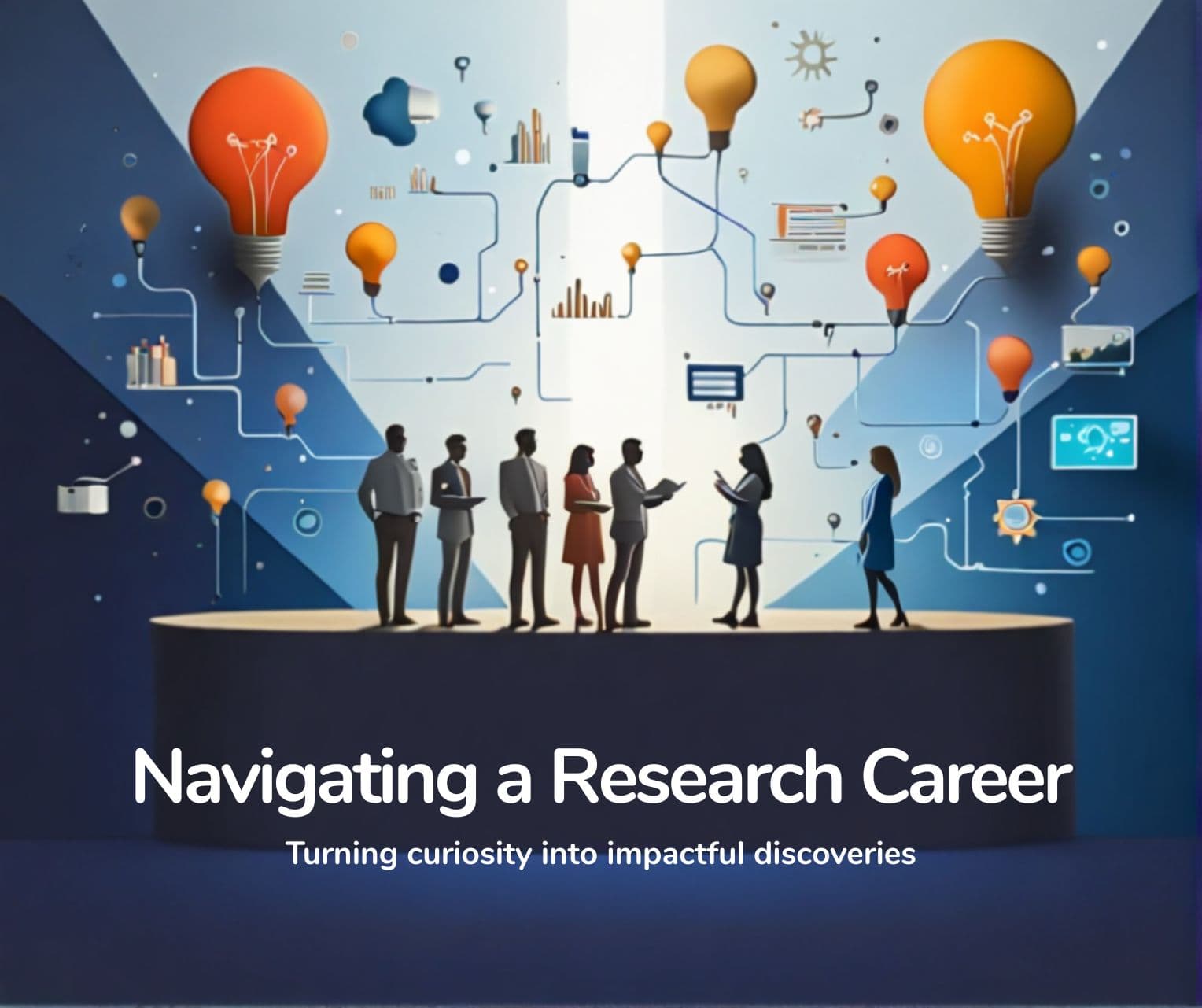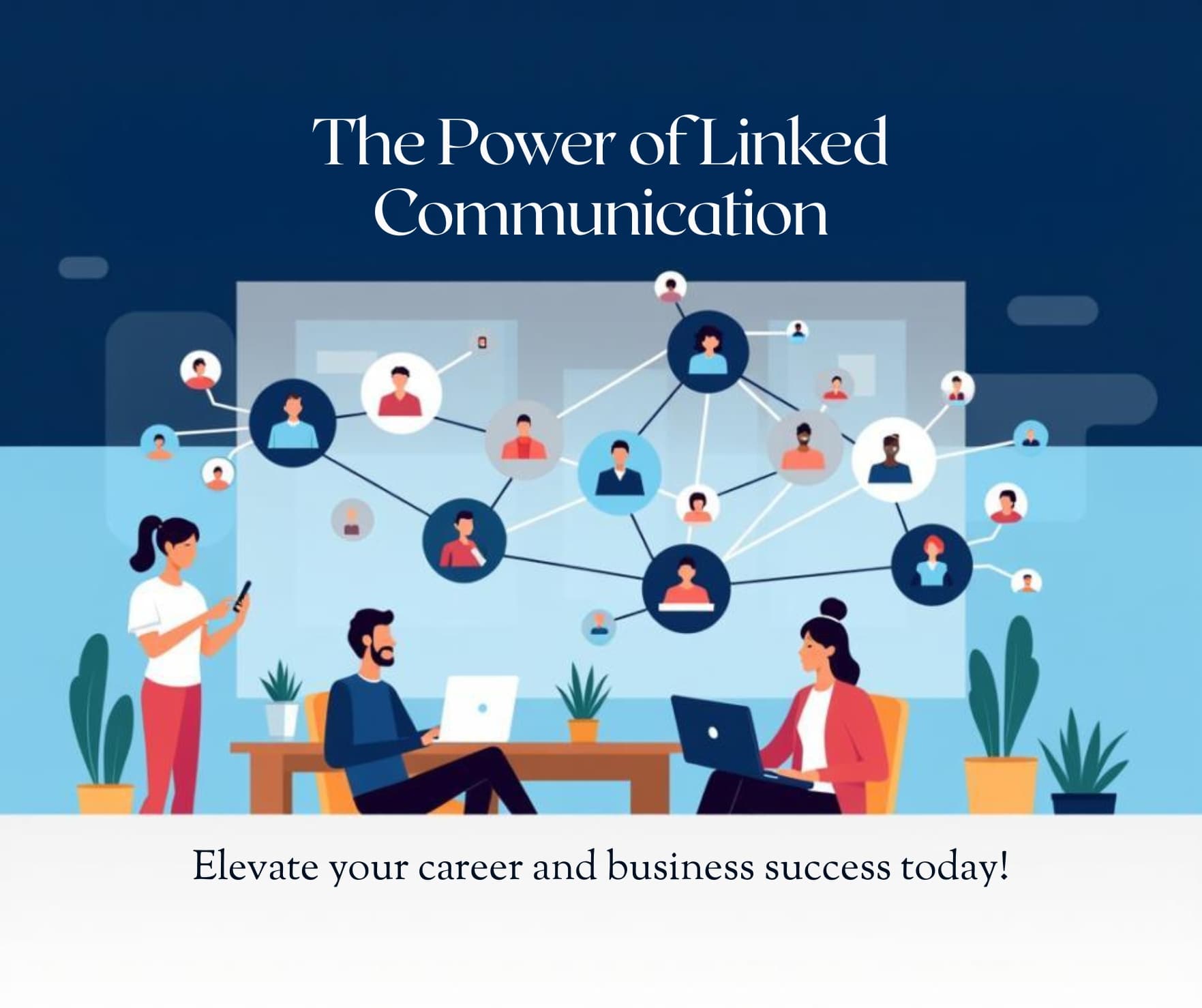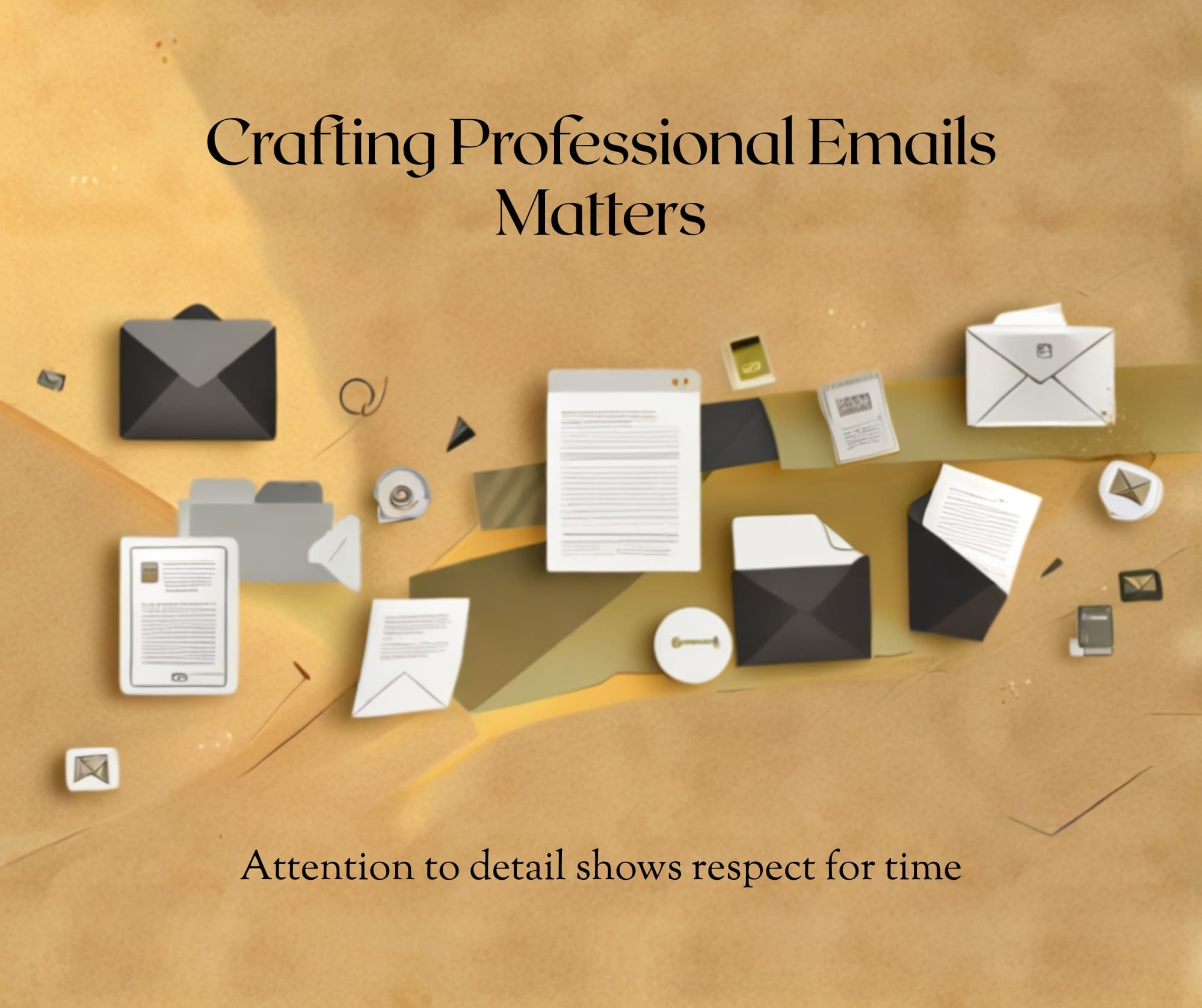Our Blogs

Navigating a Research Career: Turning Curiosity into Impact
𝗔 𝗿𝗲𝘀𝗲𝗮𝗿𝗰𝗵 𝗰𝗮𝗿𝗲𝗲𝗿 𝗶𝘀 𝗺𝗼𝗿𝗲 𝘁𝗵𝗮𝗻 𝗮𝗰𝗮𝗱𝗲𝗺𝗶𝗰 𝗲𝘅𝗽𝗹𝗼𝗿𝗮𝘁𝗶𝗼𝗻 —it's a journey of discovery that shapes industries, advances technology, and solves real-world problems. Whether in academia, industry, or independent research, the path demands intellectual curiosity, persistence, and strategic networking. Building a strong research portfolio, publishing insightful findings, and collaborating across disciplines can elevate credibility and unlock funding opportunities. In an era driven by innovation, researchers who blend technical expertise with effective communication can bridge the gap between knowledge and action, making their work truly influential. Success in research isn’t just about deep analysis—it’s about sharing discoveries, adapting to emerging trends, and leaving a lasting impact on society.

The Power of Linked Communication: Strengthening Networks in the Digital Age
In today's hyper-connected world, Linked communication—the strategic use of LinkedIn for professional interactions—is a game-changer for career growth and business success. From networking with industry leaders to engaging in thought-provoking discussions, LinkedIn fosters meaningful connections that transcend geographical barriers. A well-crafted profile, insightful content, and active participation in professional groups can establish credibility and open doors to new opportunities. Whether you're a job seeker, entrepreneur, or thought leader, leveraging Linked communication effectively can enhance visibility, build trust, and position you as a go-to expert in your field. The key? Authentic engagement, continuous learning, and a strong personal brand that resonates across your industry.

Mastering Online Communication: 5 Steps to Professional Success
Effective online communication is essential for professional success, requiring clarity, professionalism, and responsiveness. Always keep messages concise and structured, ensuring they are easy to read and quickly understood. Maintain a professional tone, adapting language based on the audience, whether it's a formal email or an engaging LinkedIn post. Use formatting wisely, incorporating bullet points or spacing to enhance readability, especially in lengthy communications. Timely responses build credibility, so aim to acknowledge messages within 24 hours. Before sending, proofread carefully to avoid typos or misunderstandings, ensuring your communication is polished and impactful. Mastering these principles helps create meaningful professional connections and ensures your messages leave a lasting impression.

Cracking the Code: How ATS Shapes Your Resume Success
In today's competitive job market, your resume often faces Applicant Tracking Systems (ATS) before reaching human eyes. ATS is software used by employers to filter, rank, and organize resumes based on predefined criteria, ensuring only the most relevant candidates get noticed. These systems scan for keywords, formatting consistency, and structured sections—meaning resumes that lack optimization may never reach a recruiter. To beat the ATS, applicants should use industry-specific keywords, simple formatting, and clear headings, avoiding unnecessary symbols or images that could confuse the system. A well-crafted, ATS-friendly resume increases the chances of landing interviews by ensuring your qualifications align seamlessly with employer expectations. In a world where automation drives hiring decisions, understanding and adapting to ATS technology is key to getting ahead.

Crafting the Perfect Professional Email
In today's fast-paced digital world, a well-crafted professional email can make all the difference. To ensure your message is clear, concise, and impactful, always start with a clear, specific subject line that accurately reflects the email's content. Begin your email with a polite and professional salutation, addressing the recipient by name. The body of your email should be well-organized, using short paragraphs and bullet points for readability when necessary. Get straight to the point, clearly stating your purpose and any required action. Maintain a professional and respectful tone throughout, avoiding slang or overly casual language. Before sending, always proofread for any grammatical errors or typos. Conclude with a professional closing, such as "Sincerely" or "Regards," followed by your full name and contact information. Remember, a professional email reflects your attention to detail and respect for the recipient's time.